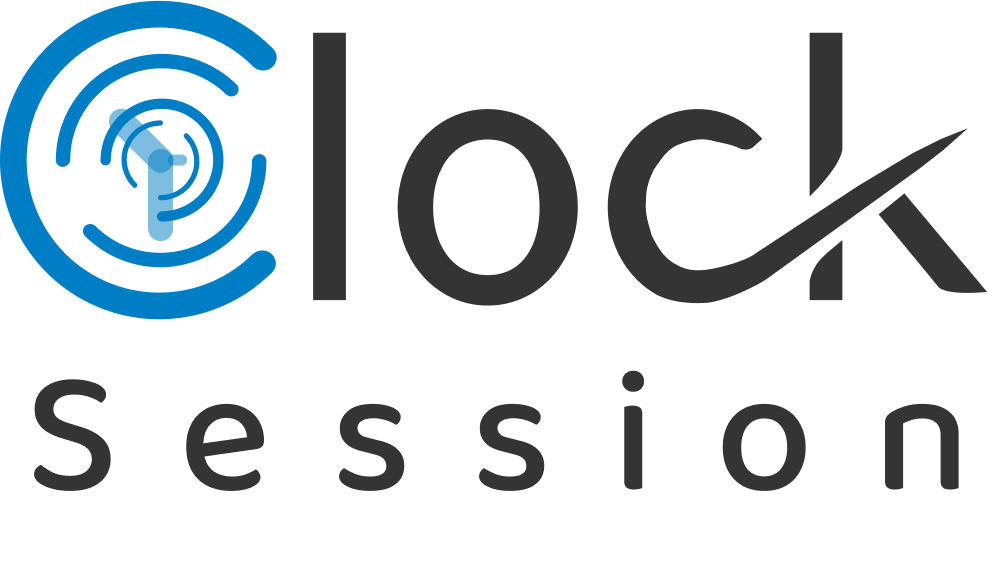Blogs
The Role of Time Tracking in Employee Engagement and Retention
Introduction: Why Balance Feels Impossible Today
In today’s fast-paced business world, companies are realizing that employee engagement and retention are not just “HR concerns”—they are critical to business growth. High turnover rates and disengaged employees can cost organizations time, money, and productivity. This is why smart strategies, such as implementing time tracking tools, are becoming increasingly valuable.
Time tracking is no longer just about monitoring hours worked; it has evolved into a powerful solution for boosting employee engagement, improving work satisfaction, and retaining top talent. With tools like Clock Session, businesses can create a more transparent, productive, and positive work environment.
Why Employee Engagement and Retention Matter
Employee engagement refers to how emotionally invested and committed employees are to their work and the company. When employees are engaged, they:
- Deliver higher productivity.
- Show loyalty and long-term commitment.
- Contribute positively to company culture.
Retention, on the other hand, focuses on keeping talented employees in the organization for the long haul. High employee turnover is costly—recruitment, training, and knowledge loss can heavily impact growth. A well-engaged team reduces turnover and helps maintain organizational stability.
How Time Tracking Supports Engagement
1. Transparency in Workload
Employees often feel disengaged when they don’t understand expectations or feel overloaded. Time tracking allows managers to allocate tasks more fairly by analyzing actual working hours and identifying bottlenecks. This ensures no one feels overburdened while also preventing underutilization.
2. Sense of Achievement
Seeing tasks completed and hours spent productively gives employees a clear sense of accomplishment. A tool like Clock Session provides visibility into progress, boosting morale and motivation.
3. Better Communication
With clear time data, conversations about performance become factual and constructive. Instead of micromanaging, managers can use time-tracking insights to coach employees and help them improve.
4. Recognition of Efforts
Employees want their hard work to be recognized. When time tracking highlights consistent productivity or dedication to projects, it gives managers the chance to acknowledge contributions—leading to higher engagement.
Time Tracking and Work-Life Balance
One of the main reasons employees leave companies is poor work-life balance. Time tracking can directly influence this by:
- Identifying patterns of overwork.
- Encouraging healthier working schedules.
- Helping employees and managers set realistic goals.
Clock Session, for example, not only tracks time but also provides insights into productivity habits, allowing employees to schedule smarter and avoid burnout.
Retention Benefits of Time Tracking
1. Fair and Accurate Compensation
Time tracking ensures that employees are paid fairly for their efforts. When hours are tracked accurately, overtime and extra contributions don’t go unnoticed. This reduces frustration and builds trust.
2. Career Growth Opportunities
Time-tracking insights can help managers identify employee strengths and areas for improvement. This data can guide personalized career development plans, showing employees that the organization values their growth.
3. Reduced Micromanagement
Employees dislike being micromanaged. Time tracking replaces constant supervision with data-driven transparency, allowing employees the autonomy they crave while still keeping managers informed.
4. Improved Job Satisfaction
When employees feel their work is measured fairly, recognized, and aligned with their personal balance, they’re more likely to stay long-term.
Why Startups and Growing Companies Should Prioritize This
For startups and small businesses, every employee plays a critical role. Losing even one engaged employee can slow down progress significantly. By adopting time-tracking solutions early on, companies can:
- Establish a healthy, transparent work culture.
- Build trust between employees and management.
- Avoid costly turnover.
Clock Session’s time tracking and productivity insights can help startups retain top talent while building a culture of fairness and efficiency from the ground up.
Best Practices for Using Time Tracking to Boost Engagement
- Be Transparent: Clearly explain to employees that time tracking is about productivity, not surveillance.
- Reward Productivity: Use time data to celebrate high-performing employees.
- Encourage Self-Management: Empower employees to review their own time data and make improvements.
- Balance Flexibility and Accountability: Combine time tracking with flexible working options to show trust.
Final Thoughts
Employee engagement and retention are the lifelines of sustainable business growth. While traditional HR strategies play a role, time tracking is emerging as a modern solution to support both productivity and employee satisfaction.
With tools like Clock Session, businesses can not only track hours but also foster engagement, support well-being, and create an environment where employees feel valued and motivated to stay.
In a world where every minute counts, effective time tracking is more than a tool—it’s a strategy for long-term success.


